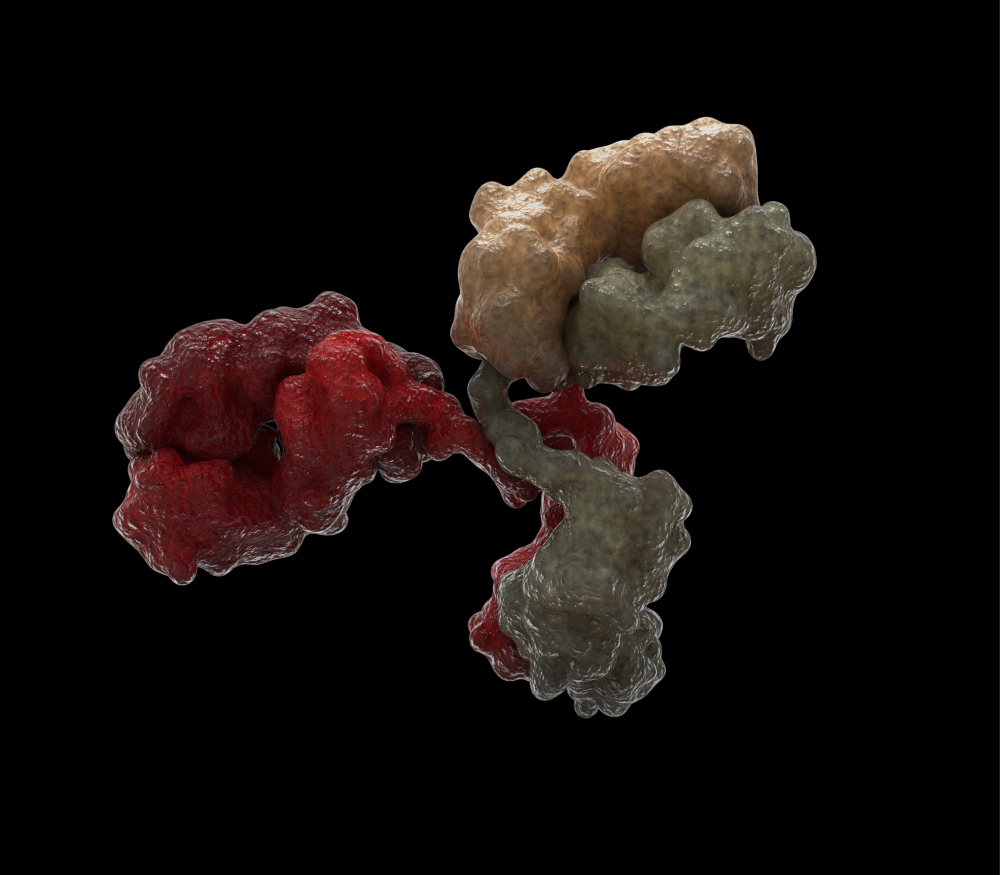MOUSE ANTI-HEPATITIS B VIRUS CORE PROTEIN ANTIBODY (1822)
Mouse anti Hepatitis B virus core antibody is specific for Hepatitis B virus core protein. Mouse anti Hepatitis B virus core antibody recognises adw and ayw HB core antigens. The antibody is suitable for immunoassay research and development. Clone 1822 can be used with either clone 1823 (MAB12218) or 1824 (MAB12219) as an ELISA pair.
PRODUCT DETAILS – MOUSE ANTI-HEPATITIS B VIRUS CORE PROTEIN ANTIBODY (1822)
- Mouse anti-Hepatitis B virus core antigen monoclonal IgG2b antibody (1822).
- Greater than 90% purity by SDS-PAGE and buffered in 0.01 MPBS, pH7.4.
BACKGROUND
Hepatitis B virus (HBV) is a small, partially double-stranded DNA virus that belongs to the genus Orthohepadnaviruses of the Hepadnaviridae family of viruses. Currently, eight genotypes of HBV are recognised, designated A-H, and four subtypes (adw, adr, ayw and ayr) each having a distinct geographical distribution. HBV is a retrovirus that replicates by reverse transcription of an RNA intermediate. HBV encodes seven proteins, recognised as preCore, core, pol, X (HBx), and envelope proteins L, M and S (Liang ,TJ).
First recognised in the 1940s as an infectious agent causing hepatitis, the HBV virus was eventually identified in the mid-1960’s when HBV particles were detected in a patient’s serum. The particles, initially referred to as Australia antigen, were subsequently found to be HBV envelope proteins L, S and M. Collectively these particles are now known as hepatitis B surface antigen (HBsAg) (Seeger, C).
HBV is a bloodborne virus that is transmitted through contact with infected blood or bodily fluds. HBV infection may occur through various routes including the sharing of needles for injecting drugs, the use of inadequately sterilised medical equipment infected with HBV and the transfusion of unscreened blood and blood products. In endemic areas, perinatal transmission of HBV from mother to child is common.
HBV infection causes liver disease which can vary from acute, or chronic hepatitis to cirrhosis of the liver and potentially hepatocellular carcinoma. The incubation of HBV infection can vary from 1 – 6 months. During the period of acute infection, most individuals remain asymptomatic. However, some patients develop acute illness presenting with clinical symptoms that include jaundice, nausea, vomiting, abdominal pain and extreme fatigue. Acute liver failure may occur in 1% of patients, which can be fatal. HBV infected patients may also develop chronic lifelong disease, which can progress to cirrhosis or hepatocellular carcinoma in 20-30% of adult cases (WHO).
The asymptomatic nature of HBV infection, and the similarity of clinical symptoms to other types of hepatitis virus infection makes clinical diagnosis difficult. Therefore, laboratory diagnosis is undertaken using serological and molecular methods to detect HBsAg and specific IgM antibodies recognising core antigen HbcAg.
REFERENCES
- Liang TJ.(2009). Hepatitis B: the virus and disease. Hepatology.May;49(5 Suppl): S13-21
- Seeger C, Mason WS. 2015. Molecular biology of hepatitis B virus infection. Virology.May;479-480:672-86.
- World health Organization: Factsheet, Hepatitis B

